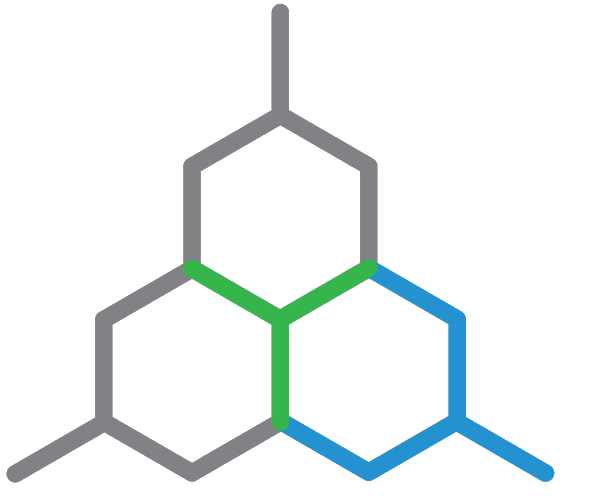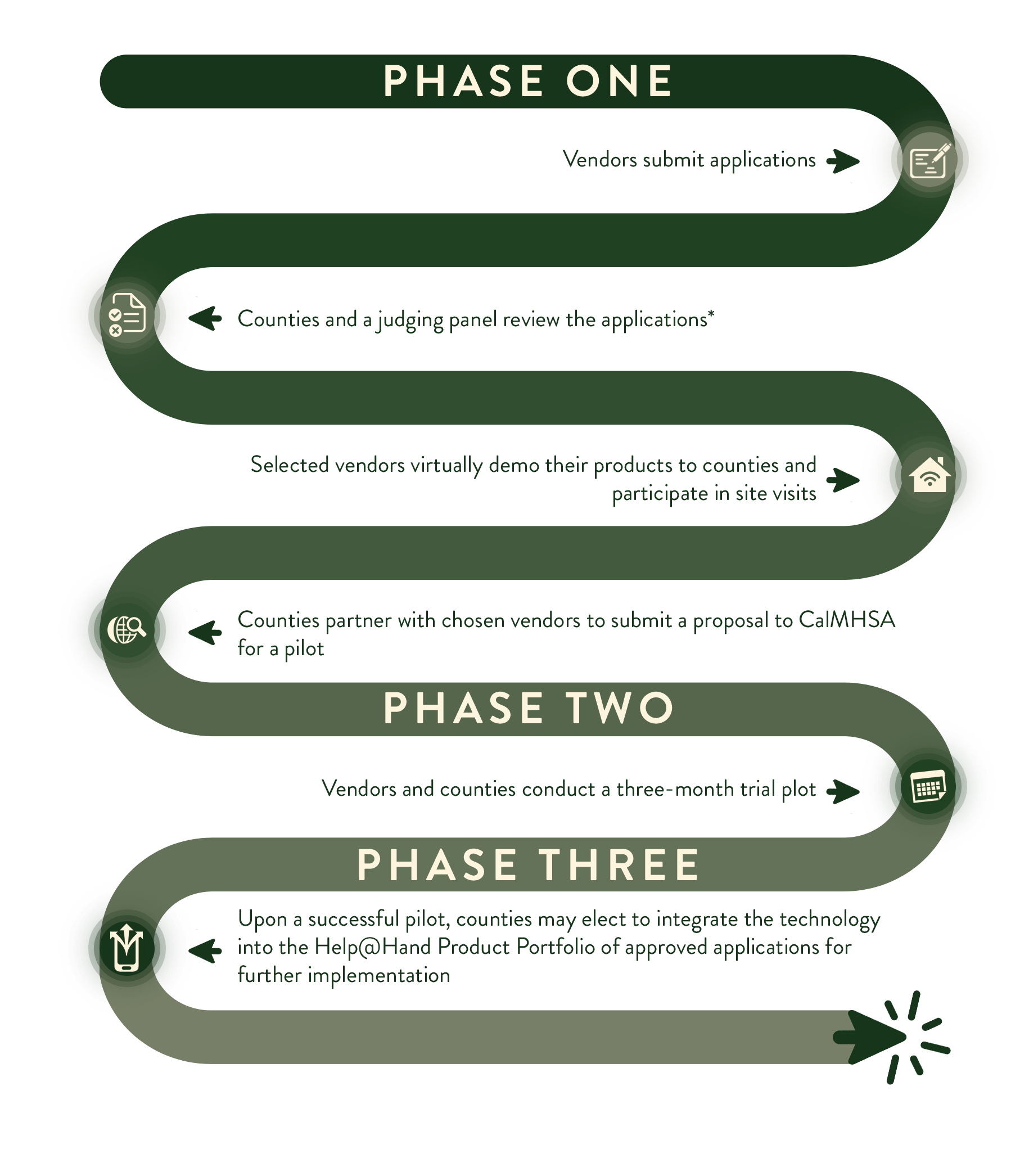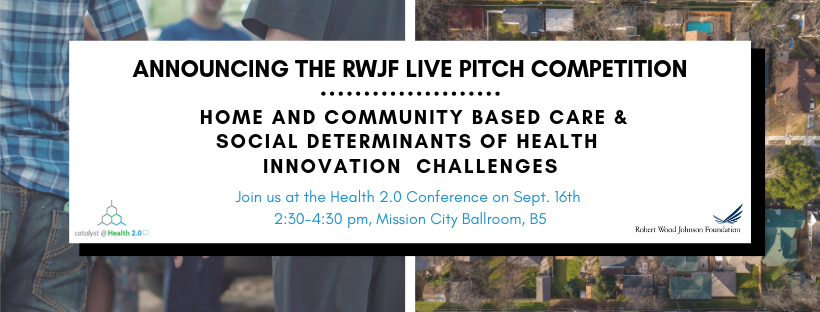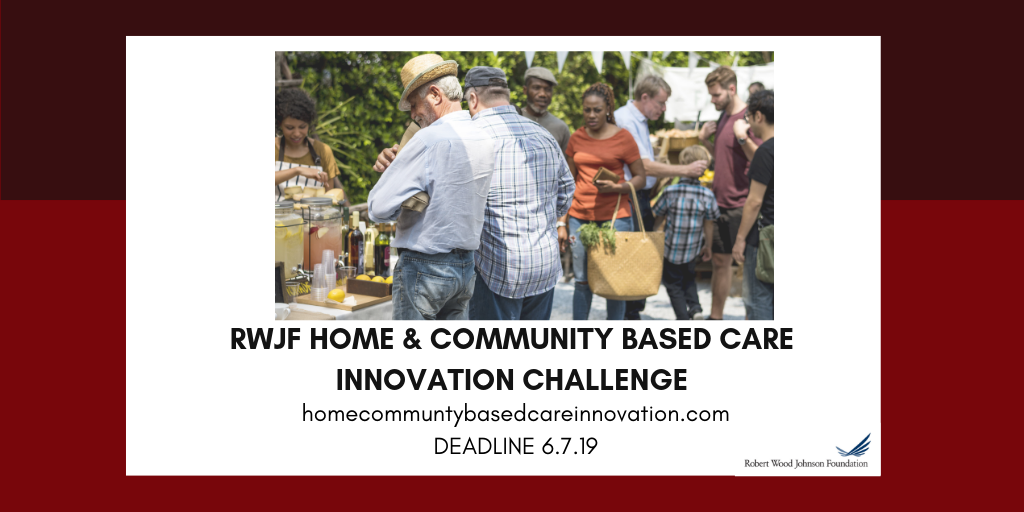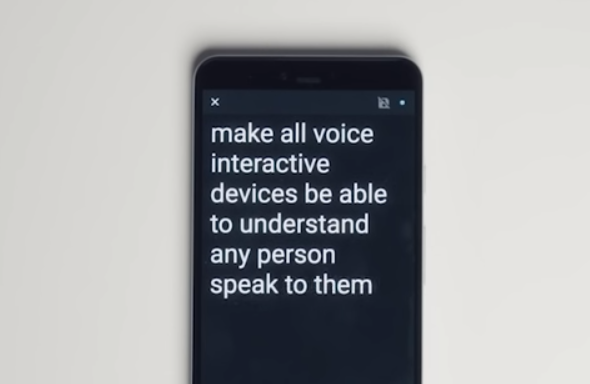According to the California Health Care Foundation, from 2012-2014, nearly 20% of Californian adults who sought mental health treatment did not receive it. It is believed that these figures may even be understated, as The Substance Abuse and Mental Health Services Administration (SAMHSA) has cited that nearly 60% of American adults with mental illness do not receive any treatment. Unmet mental health needs in California are attributed to a lack of access to appropriate services and providers, as well as the cost of care, a factor that is often exacerbated by a lack of health insurance.
While traditional mental health services play an important role in supporting those in need, novel technologies can complement standard care delivery and provide individuals and communities with more accessible and optimized mental health services that focus on prevention, early intervention, family support, and social connectedness.
The Help@Hand Project is a California statewide collaborative project to bring technology-based mental health solutions to the public mental health system through a highly innovative “suite” of digital solutions. The project aims to expand access to mental health services by engaging and treating individuals that are underserved in the current traditional care delivery model. With technology becoming an integral part of everyday life, the collaborative hopes to leverage familiar devices as means to connect and better serve those in need. This Help@Hand project will utilize applications on smartphones, tablets, digital devices, or computers as a tool to engage, support and give access to treatment using innovative virtual engagement strategies. Focus areas include:
1. Peer Chat and Digital Therapeutics
2. Virtual Evidence Based Therapy Utilizing an Avatar
3. Passive Data Collection for Early Detection and Intervention
The California Mental Health Services Authority (CalMHSA) is an independent administrative and fiscal government agency focused on the efficient delivery of California mental health projects. CalMHSA members work together to develop, fund, and implement mental health services, projects, and educational programs. As of June 2019, 56 counties and 2 cities are active members of CalMHSA.
The CalMHSA collaborative is currently funding a large-scale initiative to pilot and deploy digital platforms that expand the capacity and capability of county mental health systems. If you are a technology vendor looking for the opportunity to pilot your mental health and well-being digital solution with counties in California, please apply today for a chance to be part of this amazing initiative!
How It Works
What Applicants Need to Know: The multi-year innovation project will consist of a RFSQ open application period (September 12th – October 7th, 2019) and a subsequent pilot period that allows the opportunity for vendors to be added to the Help@Hand Product Portfolio. After a vendor is included in the “Tech Suite,” all counties participating in the project can view company and product profiles and may choose to implement technologies at a larger scale.
Applications close on October 7th, 2019 – Act fast! Learn more here.
